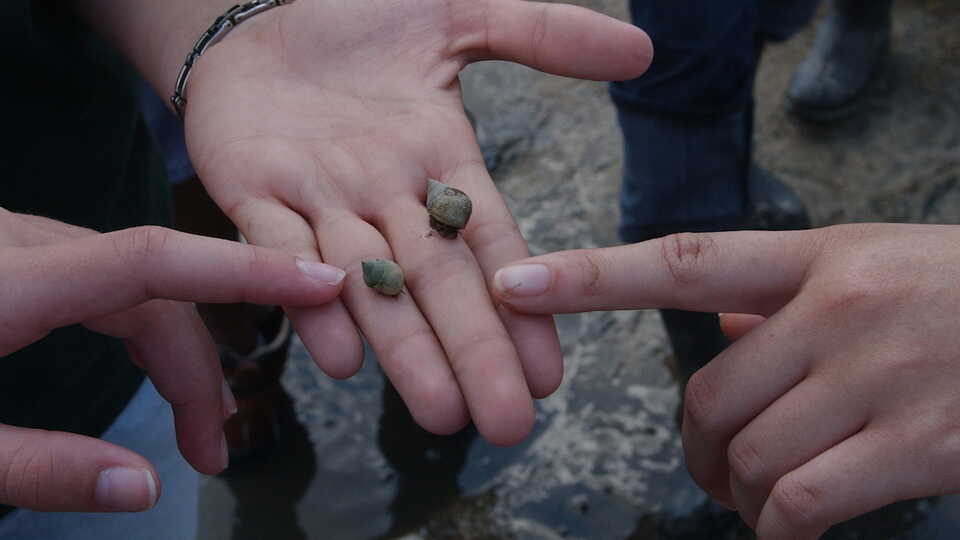By the end of this lesson students will…
- have a deeper connection to a local ecosystem
- be able to identify a variety of healthy and unhealthy ecosystem interactions
- construct explanations on how an area, and the people who are in it, supports or does not support organisms and ecosystems
